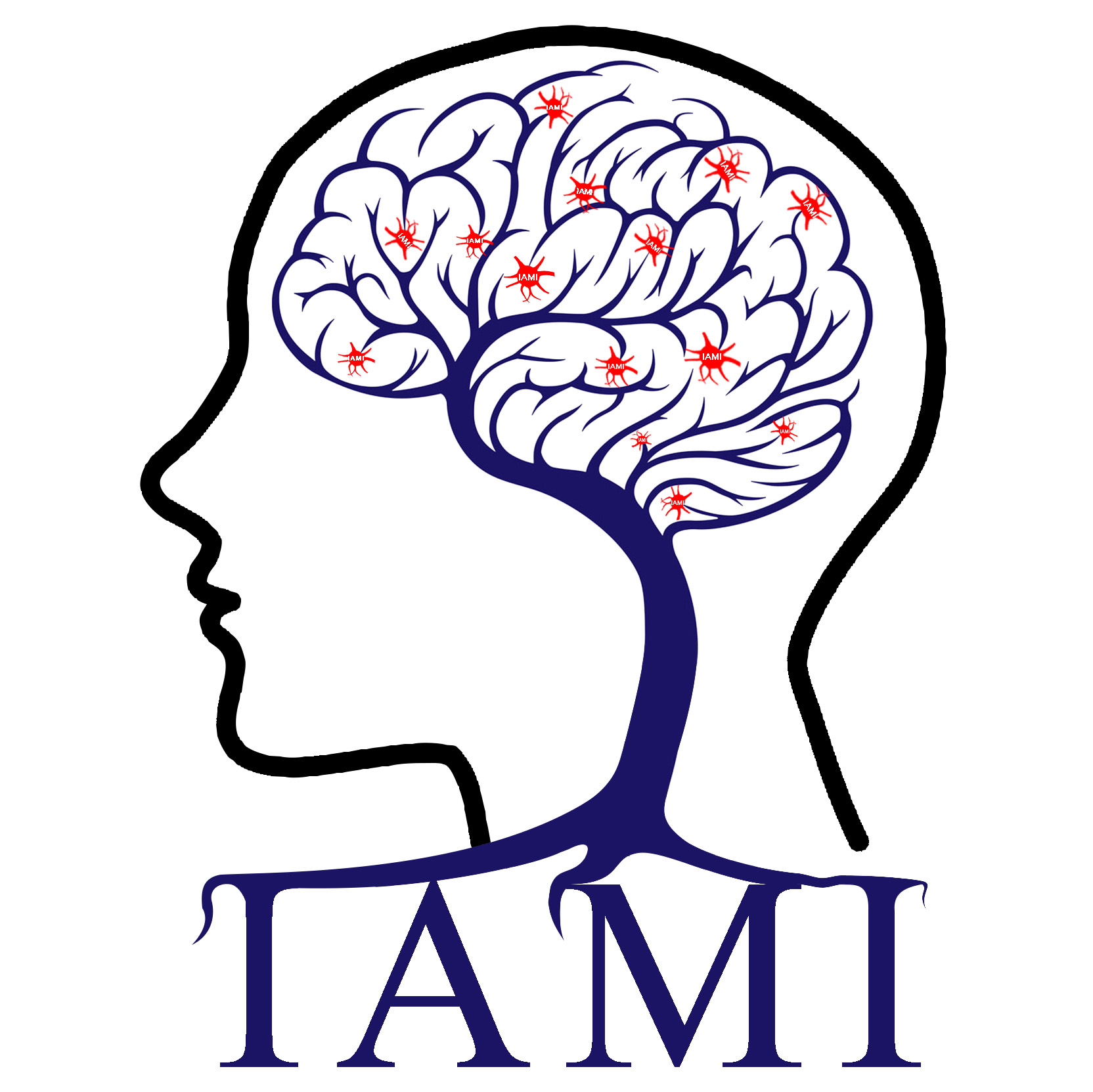
杜宇慧个人网页---智能医学图像分析
地址:中国, 太原
Ying Xing, Theo G.M. van Erp, Godfrey D. Pearlson, Peter Kochunov, Vince D. Calhoun, Yuhui Du*. More reliable biomarkers and more accurate prediction for mental disorders using a label-noise filtering-based dimensional prediction method. iScience, 2024. (影响因子:4.6)
时间:2024-04-15 14:41:55 来源: 点击:[413]
SUMMARY
The integration of neuroimaging with artificial intelligence is crucial for advancing the diagnosis of mental disorders. However, challenges arise from incomplete matching between diagnostic labels and neuroimaging. Here, we propose a label-noise filtering-based dimensional prediction (LAMP) method to identify reliable biomarkers and achieve accurate prediction for mental disorders. Our method proposes to utilize a label-noise filtering model to automatically filter out unclear cases from a neuroimaging perspective, and then the typical subjects whose diagnostic labels align with neuroimaging measures are used to construct a dimensional prediction model to score independent subjects. Using fMRI data of schizophrenia patients and healthy controls (n = 1,245), our method yields consistent scores to independent subjects, leading to more distinguishable relabeled groups with an enhanced classification accuracy of 31.89%. Additionally, it enables the exploration of stable abnormalities in schizophrenia. In summary, our LAMP method facilitates the identification of reliable biomarkers and accurate diagnosis of mental disorders using neuroimages.

 您当前的位置:
您当前的位置: